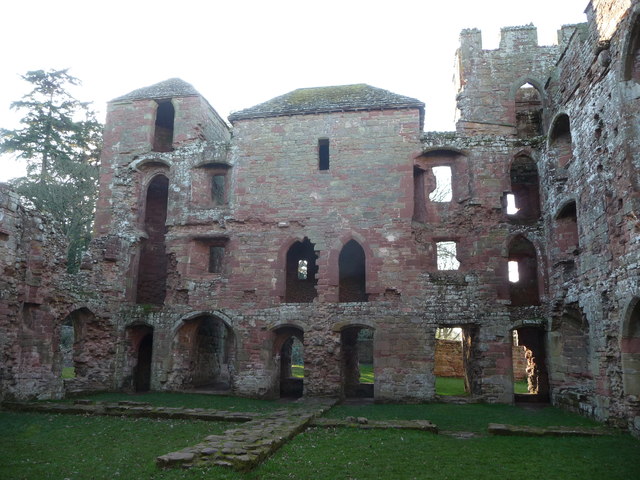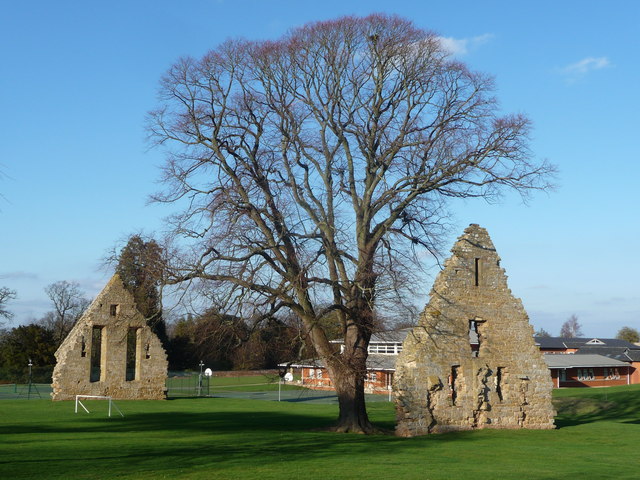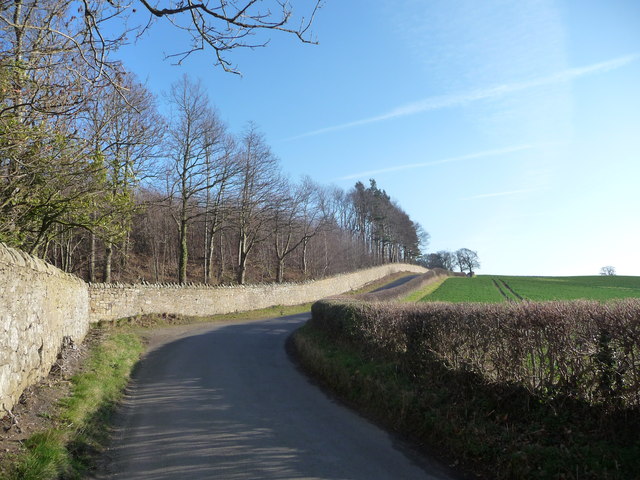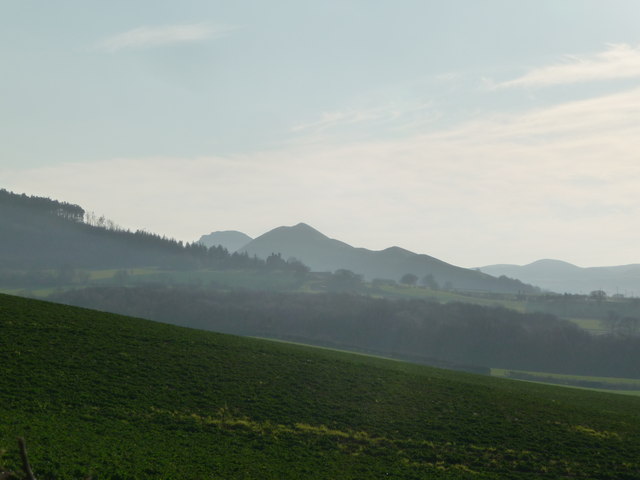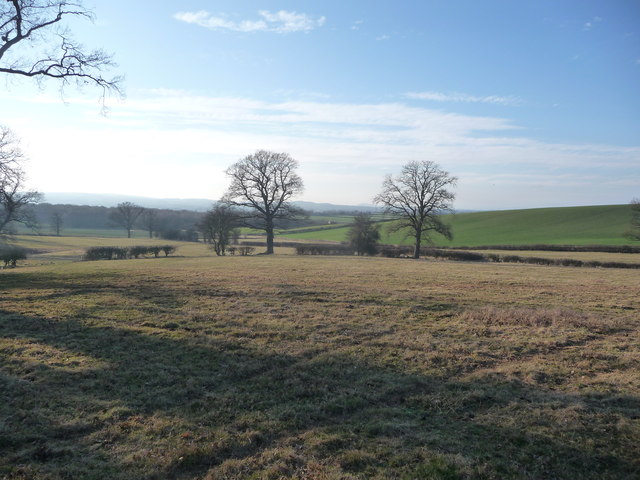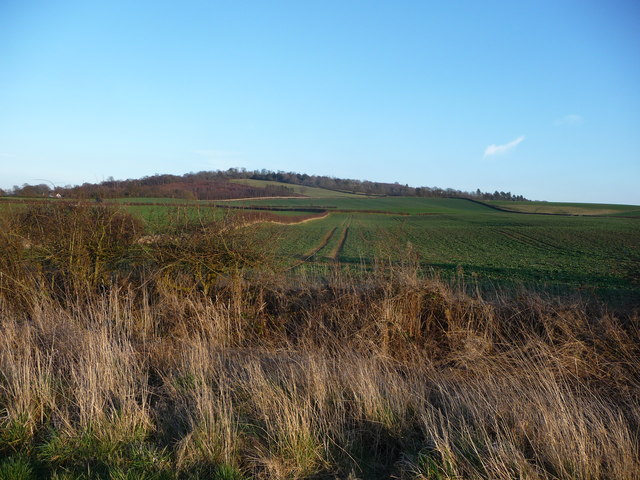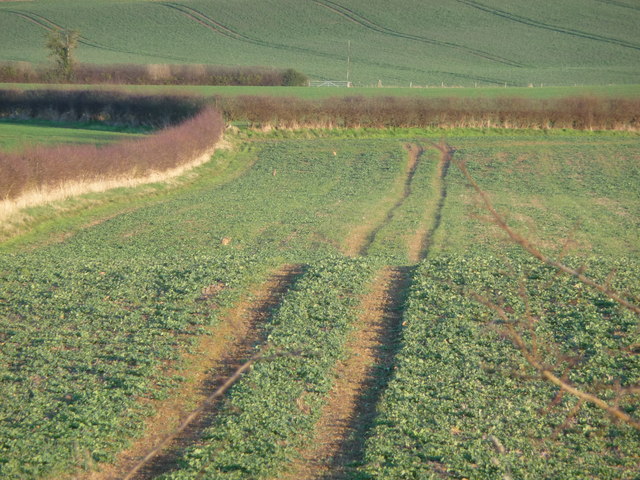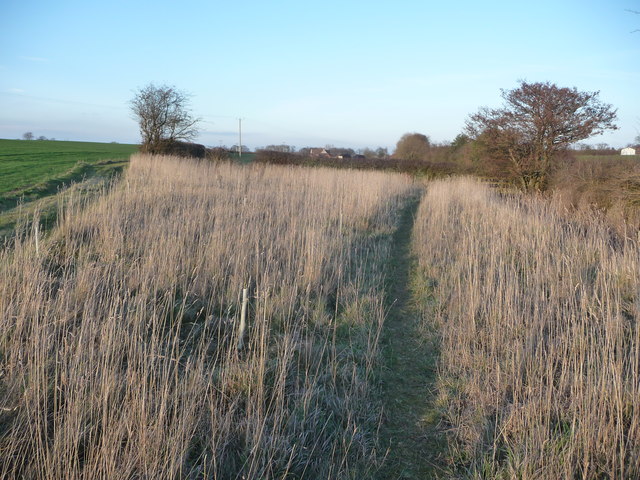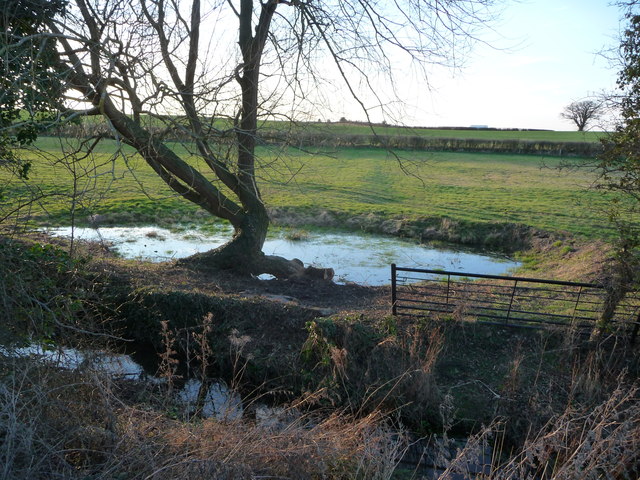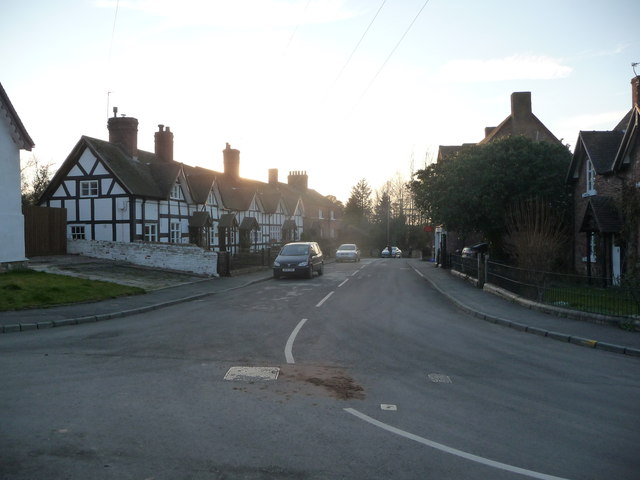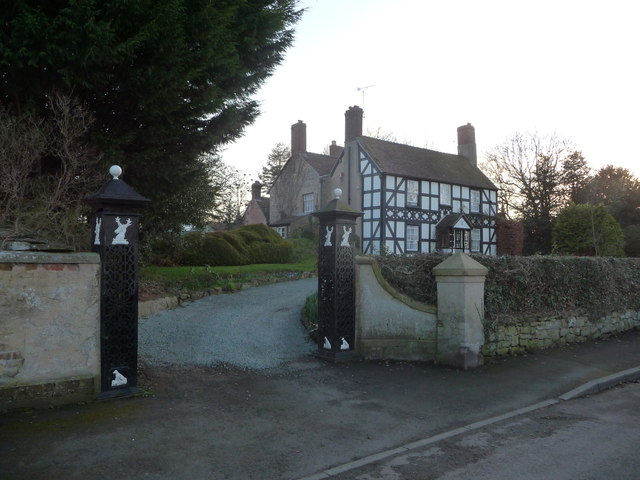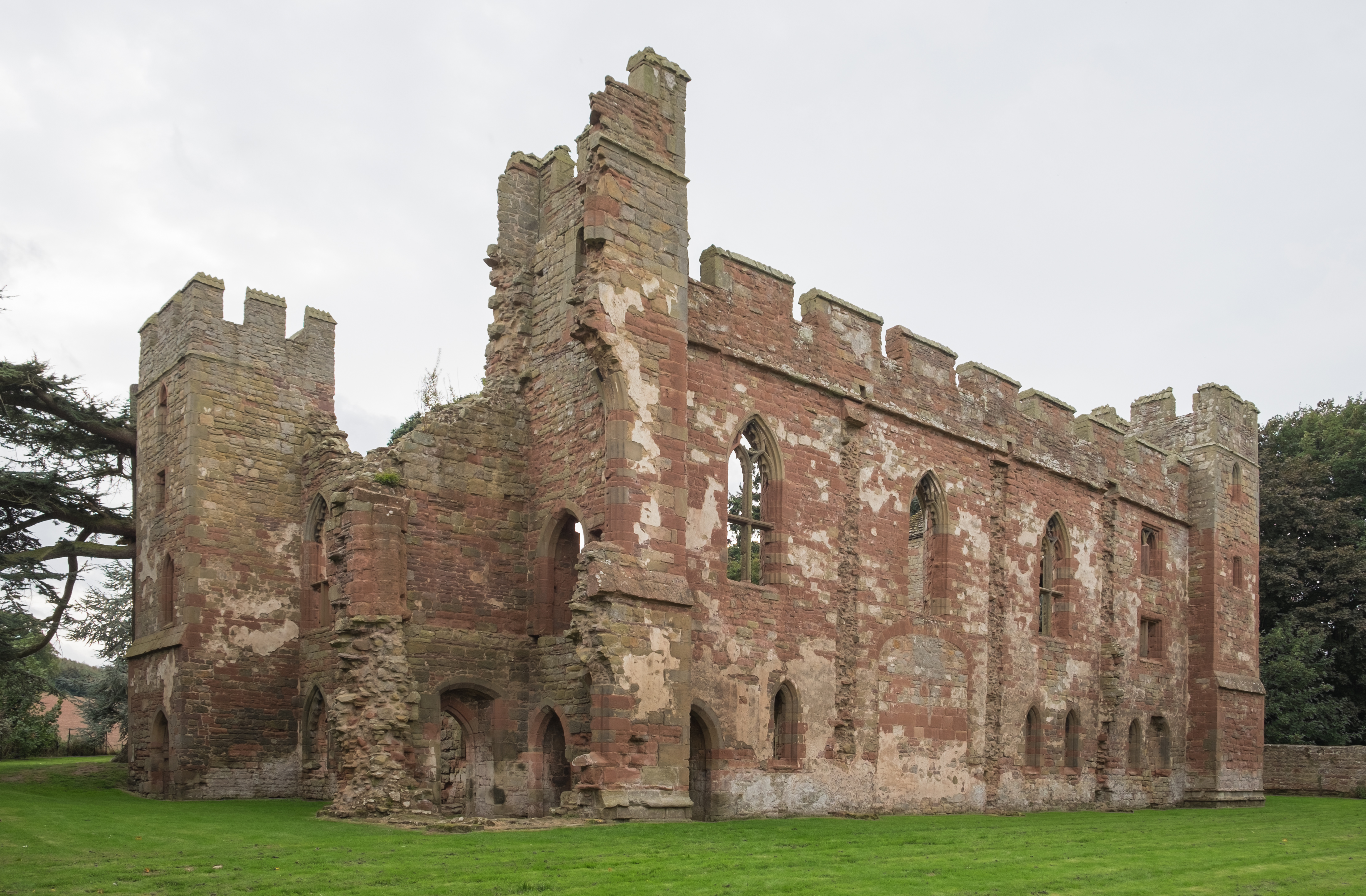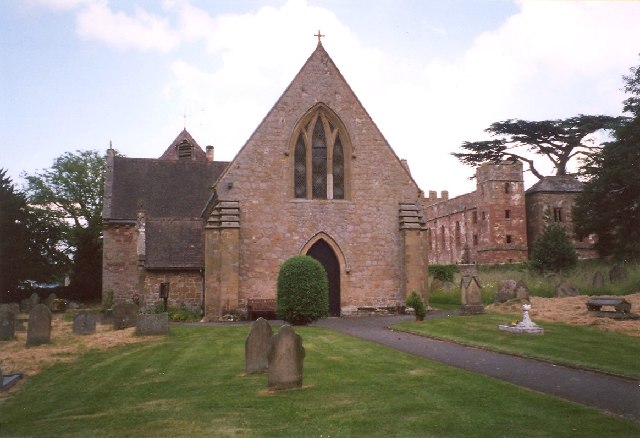Black Dick's Lake
Lake, Pool, Pond, Freshwater Marsh in Shropshire
England
Black Dick's Lake
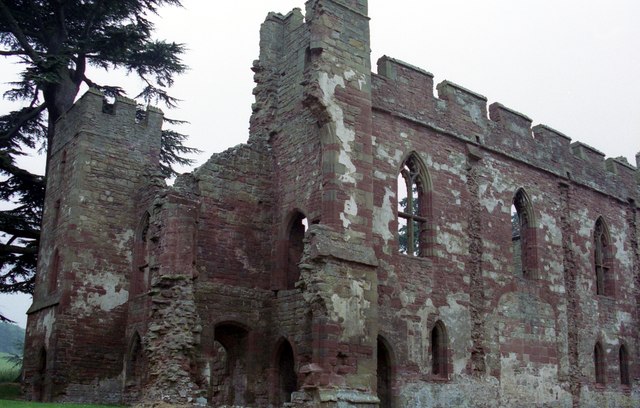
Black Dick's Lake is a small, picturesque freshwater body located in the county of Shropshire, England. Nestled amidst rolling hills and verdant landscapes, it is known for its serene beauty and abundant wildlife. Measuring approximately 2 acres, the lake is often referred to as a pool or pond due to its relatively smaller size.
The lake's name, Black Dick's, is believed to have originated from a local legend, although its exact origins remain unclear. Surrounded by lush vegetation, including reeds and water lilies, the lake is home to a diverse range of flora and fauna, making it a popular destination for nature enthusiasts and bird watchers.
The freshwater marsh surrounding the lake provides a habitat for numerous species of birds, including ducks, swans, and herons, which can often be spotted gracefully gliding across the water's surface. Additionally, the lake supports a variety of aquatic life, such as fish and amphibians, contributing to its ecological significance.
Visitors to Black Dick's Lake can enjoy a tranquil atmosphere and take in the scenic beauty of the surrounding countryside. Many choose to explore the area by foot, following the well-maintained walking trails that wind through the nearby woodlands and meadows.
Overall, Black Dick's Lake offers a peaceful retreat for those seeking a connection with nature. Its idyllic setting, diverse wildlife, and captivating scenery make it a hidden gem within the Shropshire landscape.
If you have any feedback on the listing, please let us know in the comments section below.
Black Dick's Lake Images
Images are sourced within 2km of 52.612317/-2.6737416 or Grid Reference SJ5401. Thanks to Geograph Open Source API. All images are credited.

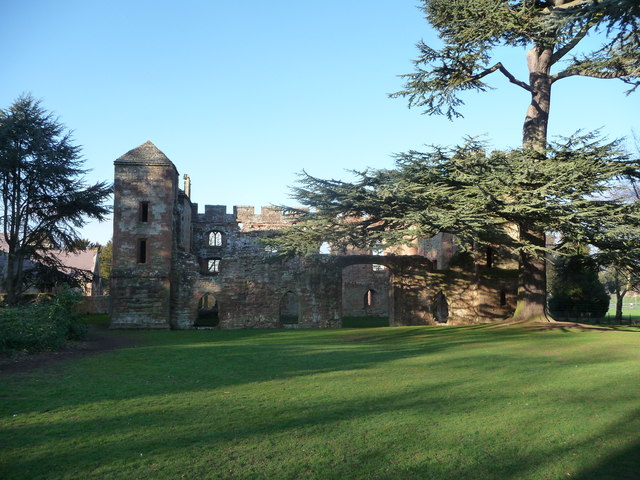
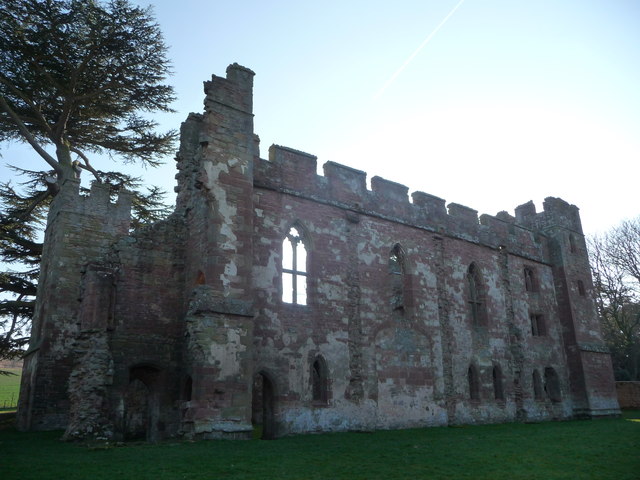
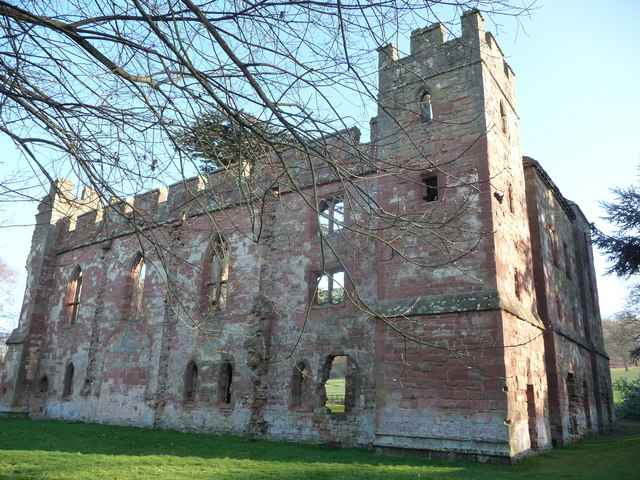
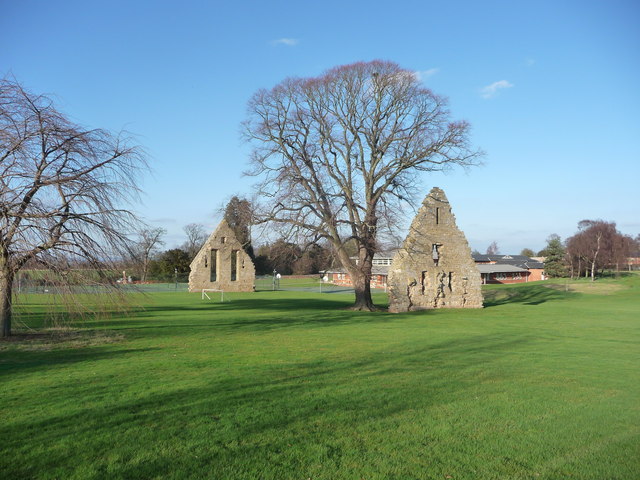

Black Dick's Lake is located at Grid Ref: SJ5401 (Lat: 52.612317, Lng: -2.6737416)
Unitary Authority: Shropshire
Police Authority: West Mercia
What 3 Words
///sniff.bonfires.national. Near Kenley, Shropshire
Nearby Locations
Related Wikis
Concord College, Acton Burnell
Concord College is an independent co-educational international day/boarding school in Shropshire, England situated in the grounds of Acton Burnell Castle...
Acton Burnell Hall
Acton Burnell Hall is a 19th-century country house, now used as a private school, located near the village of Acton Burnell, Shropshire, England. This...
Acton Burnell Castle
Acton Burnell Castle is a 13th-century fortified manor house, located near the village of Acton Burnell, Shropshire, England (grid reference SJ534019)...
St Mary's Church, Acton Burnell
St Mary's Church is in the village of Acton Burnell, Shropshire, England, and stands near the ruins of Acton Burnell Castle. It is an active Anglican...
Nearby Amenities
Located within 500m of 52.612317,-2.6737416Have you been to Black Dick's Lake?
Leave your review of Black Dick's Lake below (or comments, questions and feedback).
